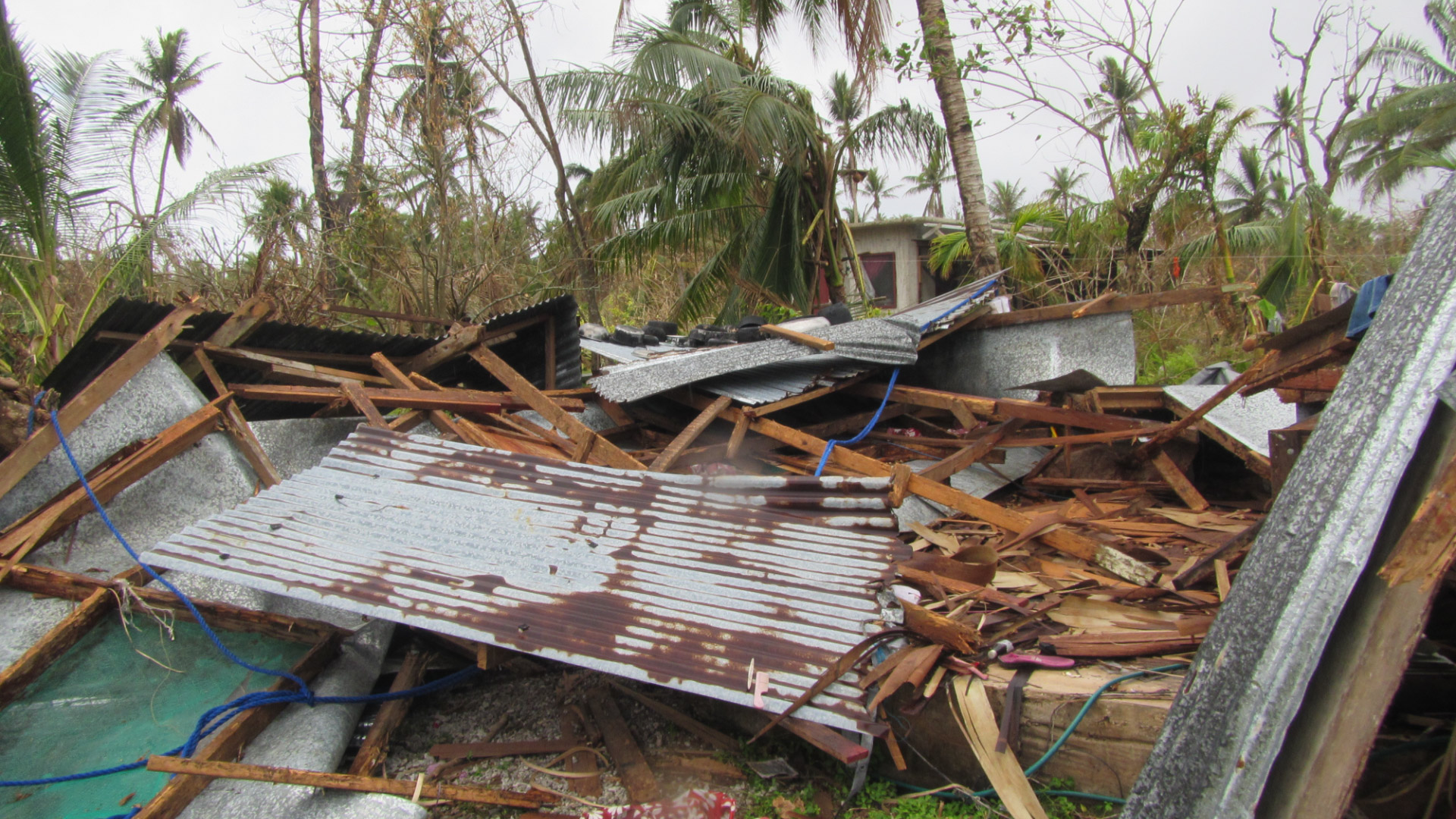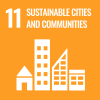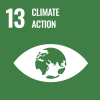Uman Island – “As you know, here, we don’t live in a house with just one family; we have the mother and father, their children, and their children’s children living together. When the typhoon hit, half of them went to higher ground while the rest sought refuge in the neighbour’s house down the road,” Aruchina recalls the typhoon that destroyed their home.
Seated with her daughter on the porch of their coastal home in Uman Island of Chuuk, she is surrounded by at least a dozen children running around, chit-chatting and stealing glances at the new faces in their home.

Aruchina Sam on the porch of her home, a house newly constructed under the RESILIENCE project in Uman, Chuuk, FSM. Photo IOM 2023/Haimanot Abebe
“I was born and raised on this land. My parents grew up here,” Aruchina says.
She and her ten other family members were inside their house the day Typhoon Wutip hit.
What started out as a weak tropical disturbance southwest of the Marshall Islands had drifted northwest towards the outer islands of Pohnpei, Chuuk and Yap States, picking up intensity and causing great destruction along its path.

Aruchina’s children and grandchildren gather outside her house in Uman, Chuuk, FSM. Photo: IOM 2023/Haimanot Abebe
Traditional Chuukese houses like Aruchina’s were brought to the ground. Crops were destroyed and wells contaminated, leaving an estimated 11,500 residents across the Federated States of Micronesia (FSM) in vulnerable conditions.
Aruchina’s disability limits her from walking with ease. She sits on the floor of the porch and continues to explain how she and her family took shelter at their neighbour's house, a spacious, sturdy concrete structure where numerous others from the neighbourhood ran to take refuge that day.

The Joint Damage Assessment documented damage in Chuuk following Typhoon Wutip. Photo: IOM 2019
They stayed there during the next few months after the Typhoon, helping each other to make sure everyone was fed, boiling water from reserves to avoid using contaminated water and planning their next move.
Following the disaster, Aruchina and her family were supported through initial emergency assistance by the State Disaster Coordinating Office. The family also benefited from reconstruction assistance under the Resilience Building in the Compact Nations (RESILIENCE) project, implemented by the International Organization for Migration (IOM) in partnership with the Government of the Federated States of Micronesia.
Engineered to withstand heavy winds, torrential rains and flooding, the RESILIENCE project houses are constructed on stilts about one meter above ground and completed with storm shutters on all six windows of the structure.

House reconstructed by IOM on Tsiis Island in Chuuk, FSM. Photo: IOM 2023/Haimanot Abebe
Each house is also equipped with a 1,600-gallon capacity water tanker to enable households to harvest rainwater and drainage systems that divert polluted water and minimize contamination. In the case of Aruchina, a seven-meter ramp was also installed on the path to enter their home, ensuring she could easily enter and exit the house in her wheelchair.
Aruchina and her family received a newly constructed home built on the same property, where the family has lived for generations. “I don’t worry when it’s high tide now,” she says, “and the ramp helps me get around.”
Despite now living in a safer, more weather-resistant home, the risks remain high for Aruchina and similar coastal communities in the Federated States of Micronesia.
According to IOM studies, extreme weather hazards will occur more frequently due to climate change in the years ahead. The link between climate change, migration and displacement are increasingly pressing worldwide. The United Nations World Meteorological Organization has declared 2023 an El Niño year and finds that ocean temperatures in the central Pacific have risen by nearly one degree Celsius since February 2023. Coupled with other climatic influences, another tropical cyclone could hit the Pacific region.

Aruchina’s community in Uman, Chuuk, FSM. Photo: IOM 2023/Haimanot Abebe
The risks are particularly compounded for households like Aruchina’s, where people with disabilities, elderly and young children may experience physical limitations, health disparities or mobility challenges if placed in situations of greater vulnerability.
To avert, mitigate and address displacement linked to climate disasters and strengthen people’s resilience, IOM calls on governments to implement sustainable climate adaptation, preparedness and disaster risk reduction measures.
Written by Haimanot Abebe, Media and Communications Officer, IOM Micronesia



